For a long time, before chocolate bars and ice cream, Cacao was consumed as a drink. Native to Mexico and Central America, it was a key ingredient to several pre-hispanic drinks including Tejate and Pópo which are still consumed today. I have been becoming more and more intrigued to learn about cacao’s history. Since Mexico is not much of a tea drinking country, I want to learn more about what the people there do like to drink and have been interested in trying to brew something up that includes both tea and chocolate which will appeal to the Mexican audience. I have a fond childhood memory which sticks out to me of a time I was visiting my dad’s side of the family in Veracruz MX. I remember sitting on the couch with my cousins at my grandma’s house drinking a very frothy, lightly sweet and very delicious drink out of some kind of hollowed out gourd. I remember asking for seconds and seeing my face stained with a brown mustache after finishing. This delicious drink was Pópo, and although the ingredients used to make it aren’t really hard to find in Mexico, the method is something else. Preparation of this drink, I have learned, can take up to two days as it involves roasting, soaking, grinding, and A LOT of frothing. Those who know how to make it are usually part of indigenous groups or have some sort of connection to them, thus, not just anyone can make it. I remember that a lady I had never met came to my grandma’s house to make this treat that day. Recently, I’ve been thinking a lot about this drink and hope that I’ll be able to have it once again in the future.
My point being, I’ve been more curious about cacao and incorporating it into my tea practice (even though it’s not tea). It’s a popular caffeinated drink, it brings people together and it’s comforting yet stimulating, all which is also true of tea and coffee. My great grandmother on my mom’s side was from an indigenous group in Mexico, after asking a few questions I realized that it was very likely that she was of Aztec decent. My uncle recalled that she spoke Nahuatl which is the language of the Nahua people who were once the Aztecs. Thus, given Cacao’s birth place, it also connects me to my own heritage in a special way that tea cannot.
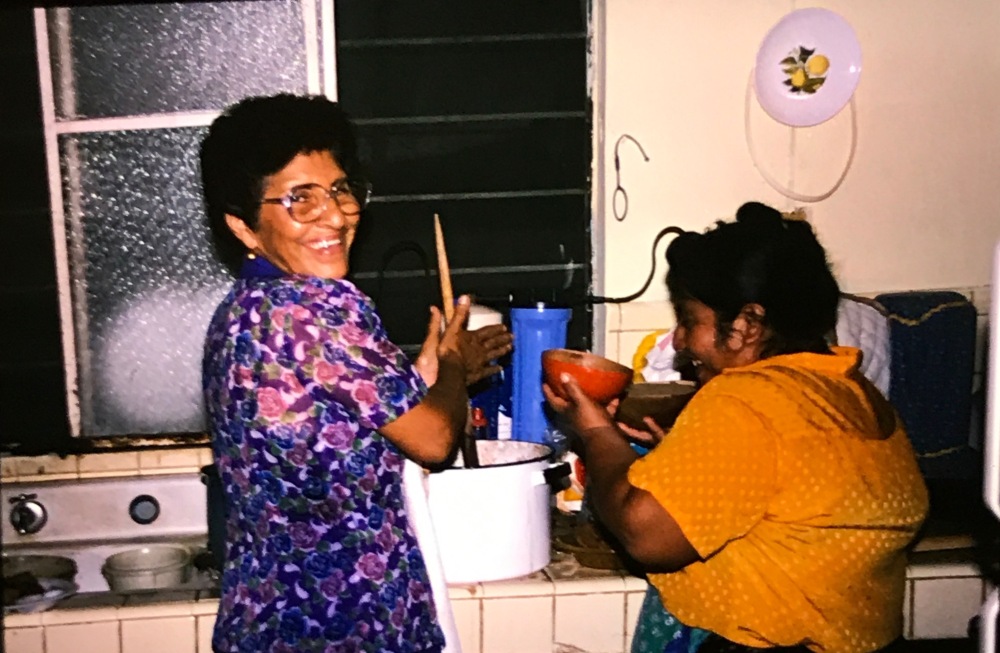
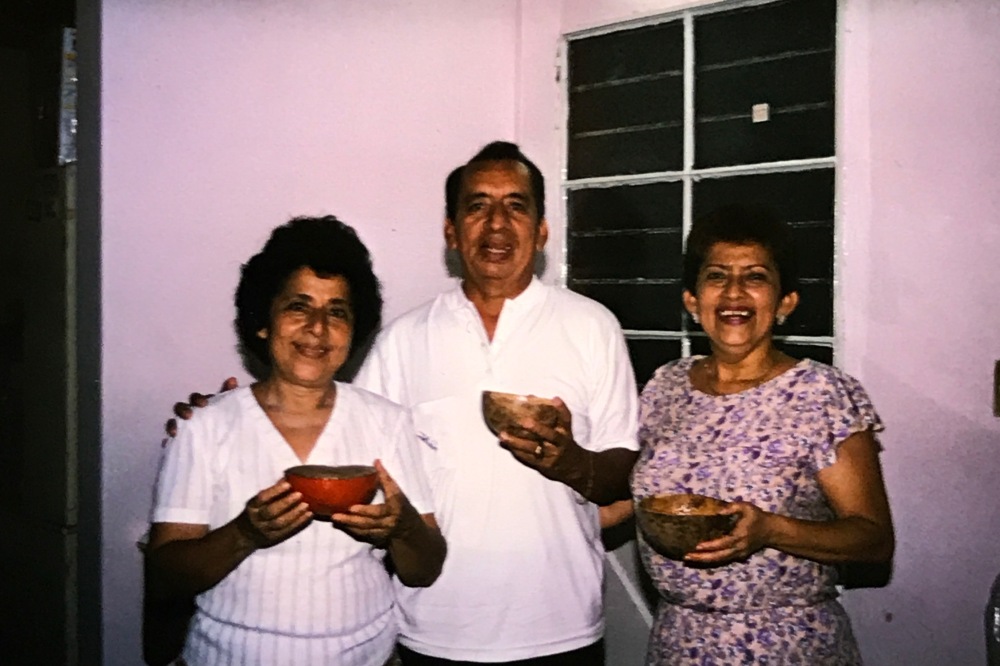
A while back, I wrote a post about this shredded cacao nib and husk infusion I bought at the Chicago Tea festival. I tried “gong fu’ing ” it with some crazy results. It was a heavy, viscous drink that I couldn’t take much of but none the less extremely chocolatey! After having some hot chocolate the other day, which is a rare occasion for us, I decided to pull out this chocolatey goodness and experiment with it again. This time I decided to do a cold brew. Sounds strange even to me, but thinking about the fact that there is such a thing as cold brew coffee, it should be no different. I can’t say I measured anything (I almost never do haha) but I put a good amount of the shredded cacao nibs and husks at the bottom of a mason jar (maybe an 8th of the way up?) filled it with water and put it in the fridge for about 12 hours. I was absolutely blown away.
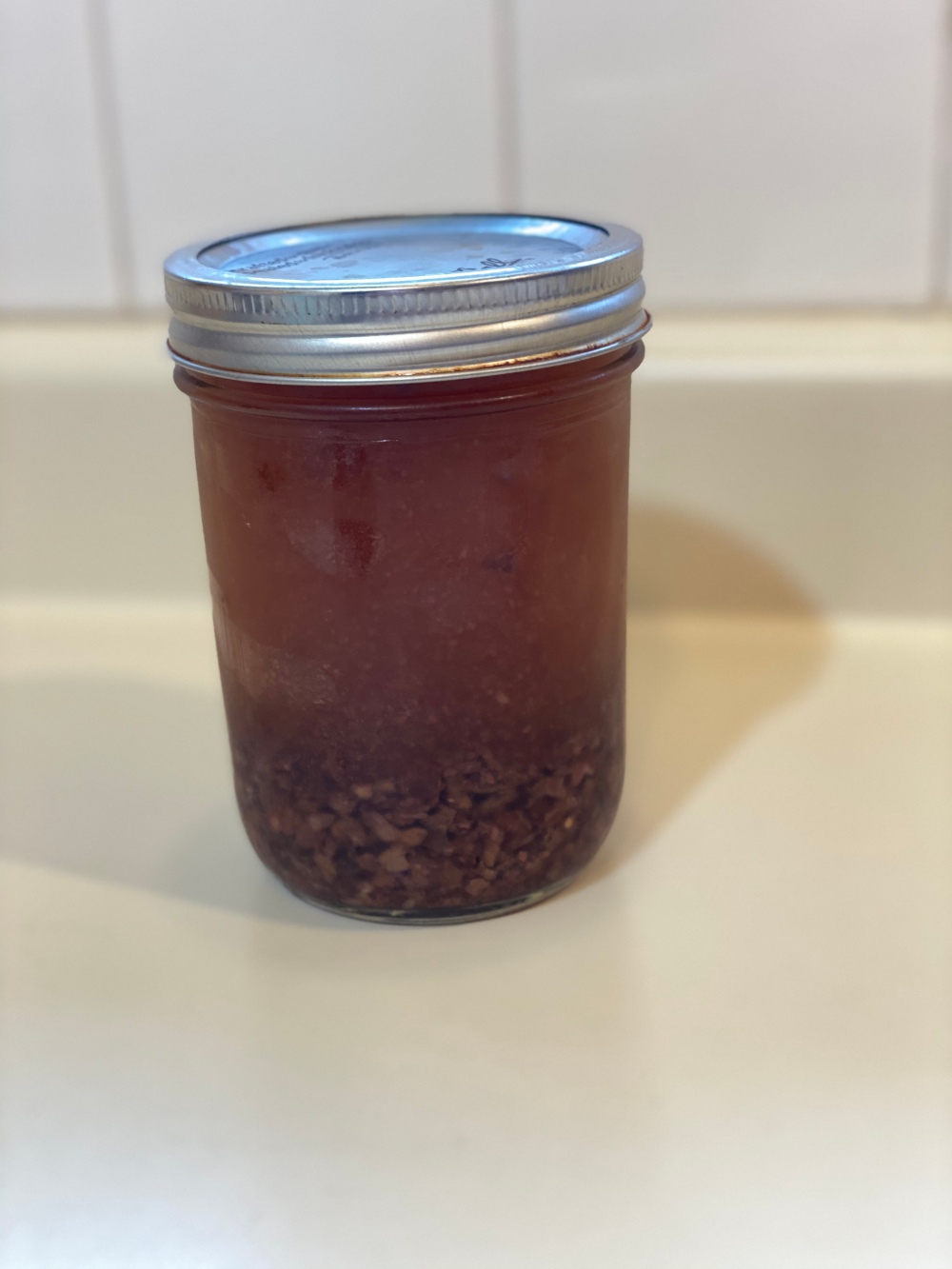
The first hit was incredibly intense, bold, bitter, sour (I guess I should note this was the first thing I tasted since waking up, so the intensity of this initial shock might be somewhat due to that fact). After a few sips my pallet had the chance to become accustomed and the experience began changing. It reminded me a bit of cold brewed coffee which is the only coffee I would drink if I had to. It had a silky and slick mouth feel with an oily and long lasting finish. At this point I realized that there actually wasn’t that much bitterness (or maybe I got used to it?) instead I was getting subtle sweet notes and a familiar, roasted goodness. It provided a very complex after taste with lots to enjoy, this is where the chocolate bar taste was. Once swallowed, there was a dramatic upward slope of flavor that then sharply shot back down and then lingered. Like a volume knob that was on low suddenly got cranked up to high and then quickly returned to a low and steady volume. Each sip had the same intensity. About half way, I realized I was picking up another, quite surprising note. Fruitiness. Fruitiness is not what comes to mind when people think of chocolate but let’s not forget that cacao seeds (which later become chocolate) are encased in a fruit. Somewhere around the beginning and middle of the aftertaste experience, this tart, sweet fruity note appear which I did not detect when I brewed it “gong fu”. I have never had cacao fruit but I wouldn’t be surprised if what I tasted was reminiscent of its flesh. Personally, my opinion is this cold brew was a much more pleasant experience than the hot infusion. I’ve tried it in a couple different ways – “gong fu” in a 100ml gaiwan, I’ve ground it to a powder and let it infuse in hot water a few minutes before straining it and I even tried making a decoction with it, that is actively simmering both the cacao and water, I did it for about 4 min. The cold brew was still the winner in my book.
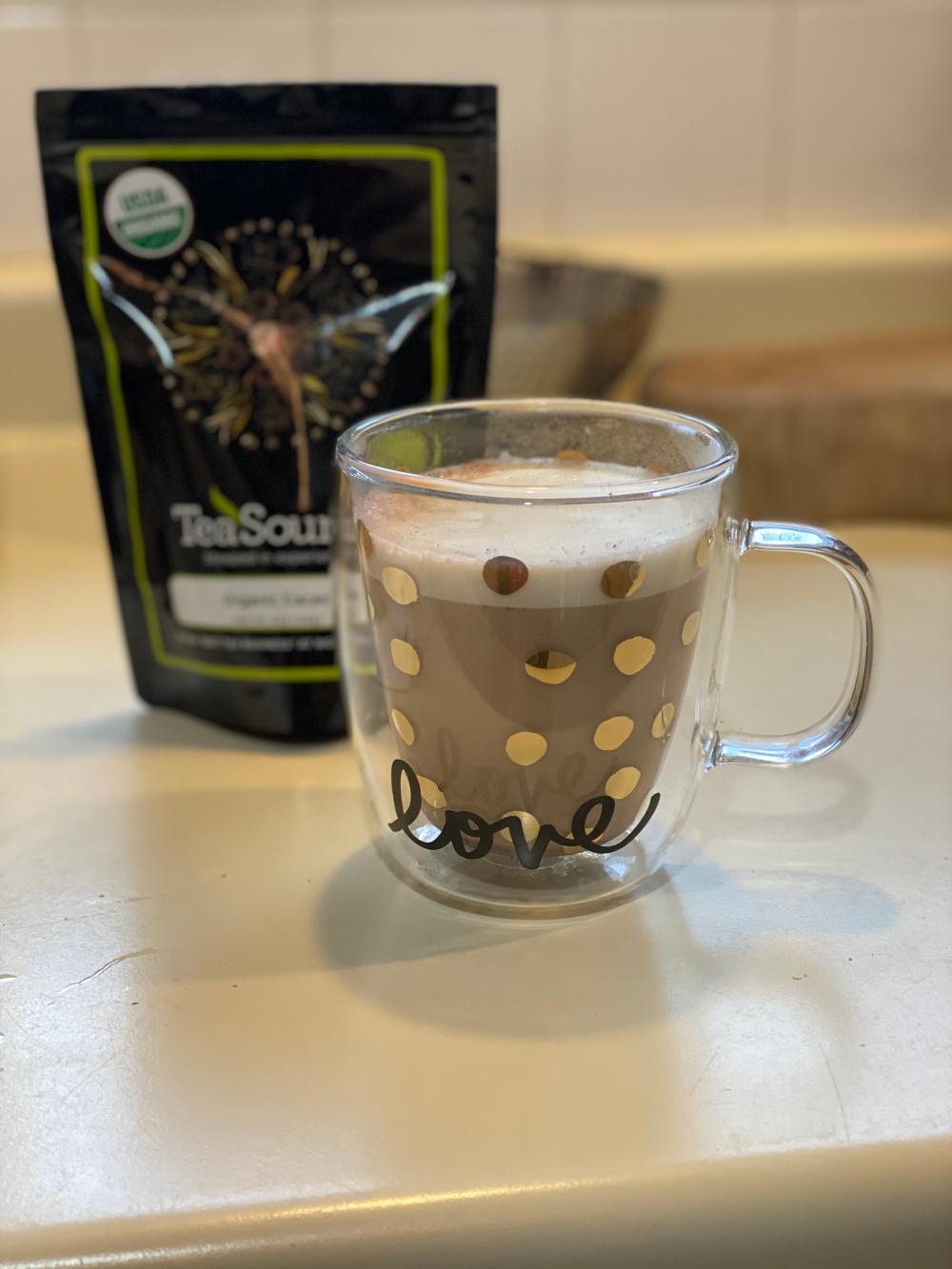
Energy wise (shall we say “Cacao Qi”?), from what I can tell and the way my body reacts to things, cacao is much closer to coffee than tea. What I mean is that I very quickly started feeling the energy. Usually, with tea I don’t notice such a distinct or dramatic energy rise. On my husband and I’s daily morning walk I felt like running, like I could do two miles instead of just one. I did however, start drinking it on an empty stomach and then finished it off with breakfast, so that may have something to do with it. For me it felt pretty strong and heavy on the body as I subtly but persistently felt it weigh in my stomach. The sensation improved once I ate breakfast. I would advise to have a generous meal during or before trying this cacao infusion. In fact, the effect on my body was so strong that I had to hold off on drinking tea until later in the day when the effects started to fade a bit. As tea contains theanine which gives it a unique effect on the body, I have learned that cacao contains what is called theobromine which is its unique trait. Theobromine is said to encourage blood flow throughout the body including the brain and heart and provides a stimulating effect that, like caffeine, provides energy but is a bit milder and longer lasting. In my own experience I can definitely notice the longer lasting effect.
It’s funny to me that when people have gatherings the adults tend to have coffee or tea while the kids are offered hot chocolate. Of course, today’s hot chocolate mixes are mostly sugar and flavorings but I find it interesting how out of all the caffeinated drinks, chocolate seems to have this “child friendly” connotation. Cacao is packaged into candy and seen as a whole family kind of treat while again, coffee and tea, are perceived more as “adult” products. Without sugar, milk, or other flavorings that might be added to hot chocolate products, cacao in its pure form is just as an “adult” drink as is coffee and tea. Meaning, there is much more complexity, there are stronger, more bitter, yet subtly sweet flavors in it. Basically, you have to exercise your pallet a little more than the much simpler, sweet, and salty notes more processed things would present you with. If you take your coffee black, this would be along those lines, except much more chocolatey of course. I highly recommend anyone who loves chocolate (or tea or coffee) to try cacao in a purer form than one might be used to. Its like getting in touch with the roots of things that we love and have grown up with. If anyone knows any good resources to learn more about the history of cacao in pre Hispanic times or have some recipes using pure cacao, please let me know!
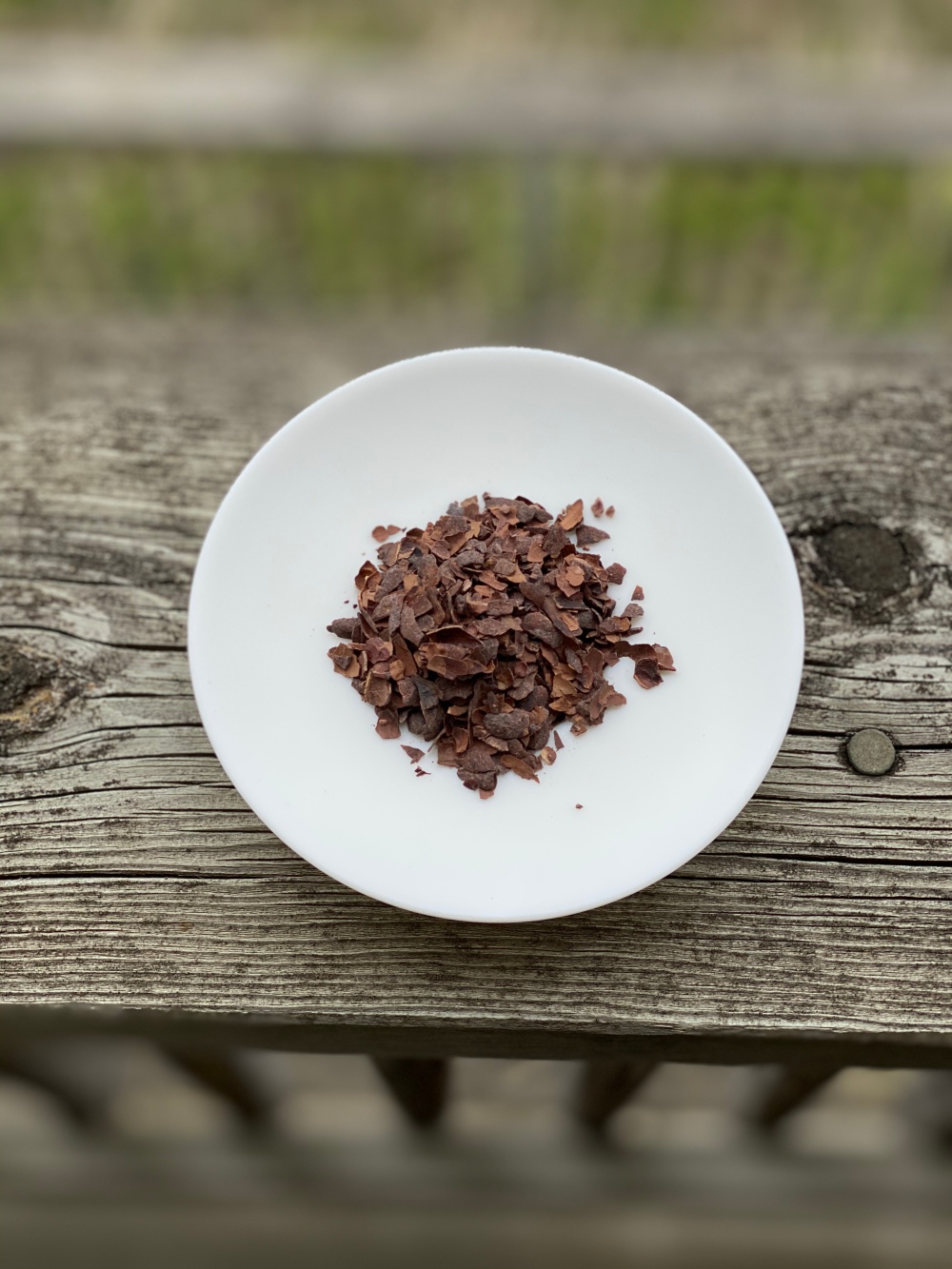
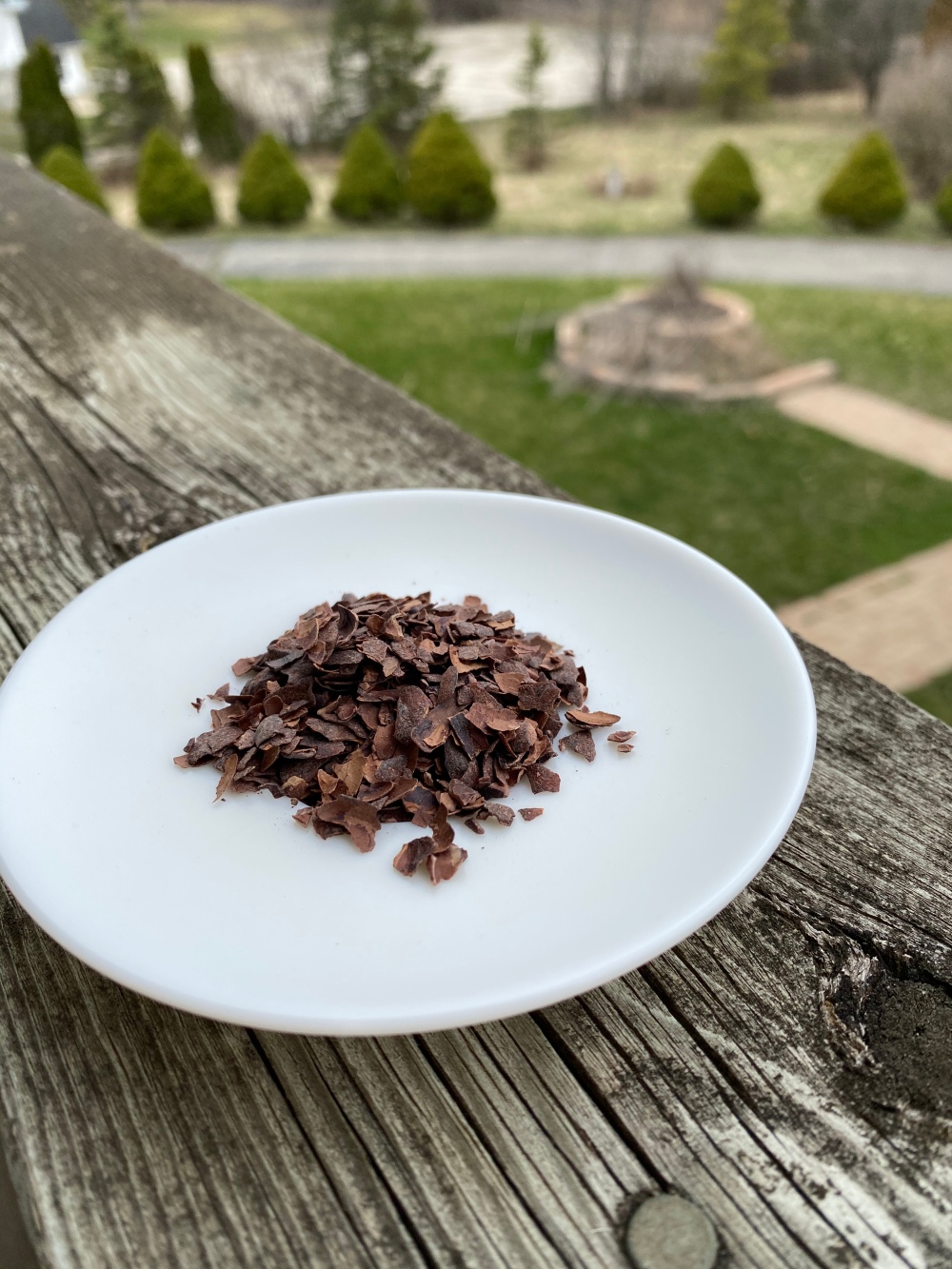
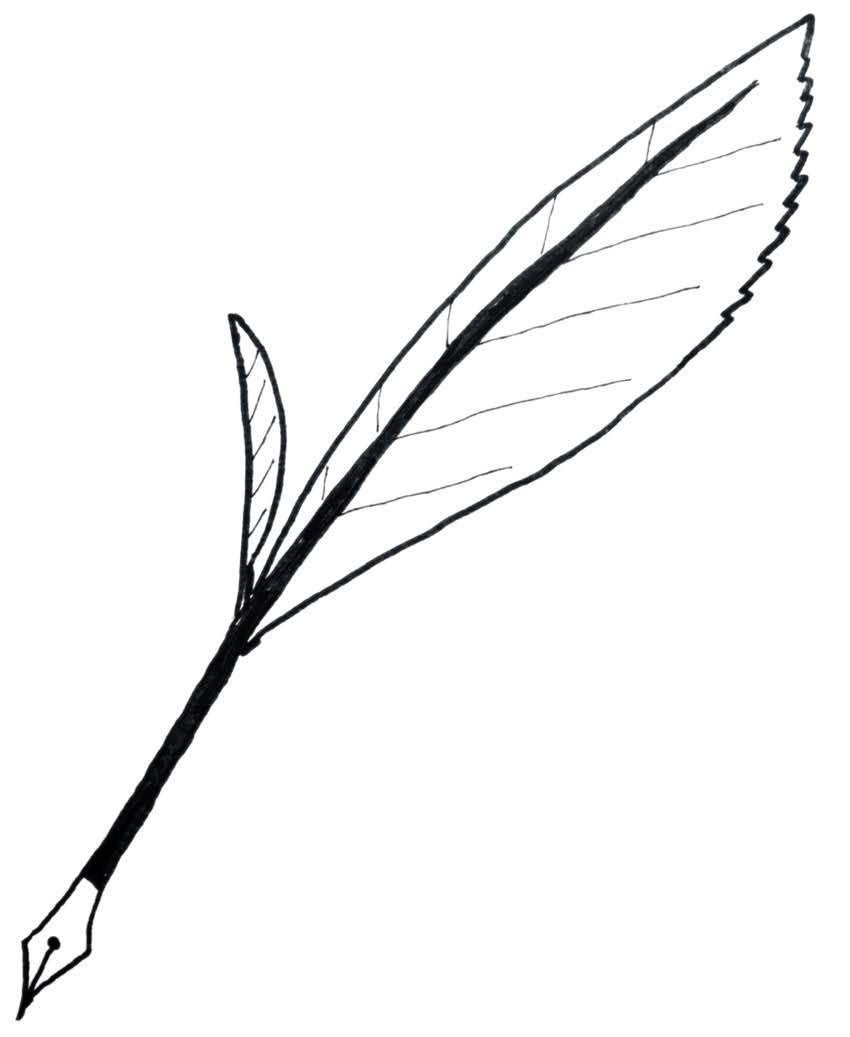
I’ve never heard of this drink or ever considered cold brewing chocolate. I love chocolate and will have to try this one day soon!
LikeLike
I sooo recommend it!
LikeLike